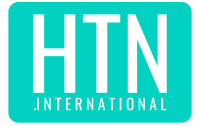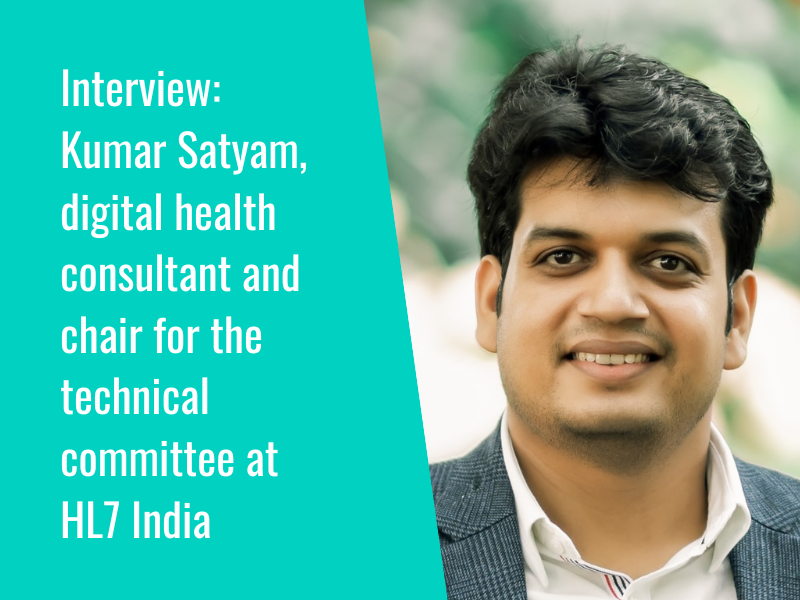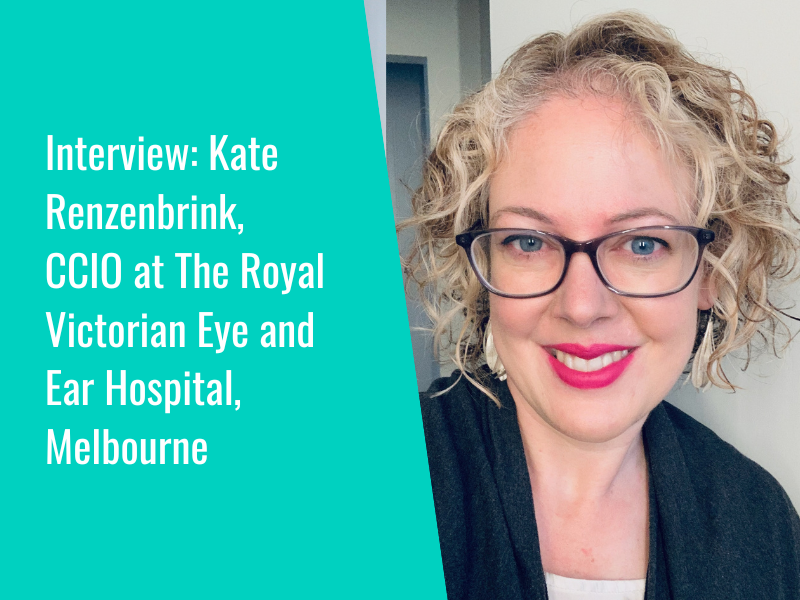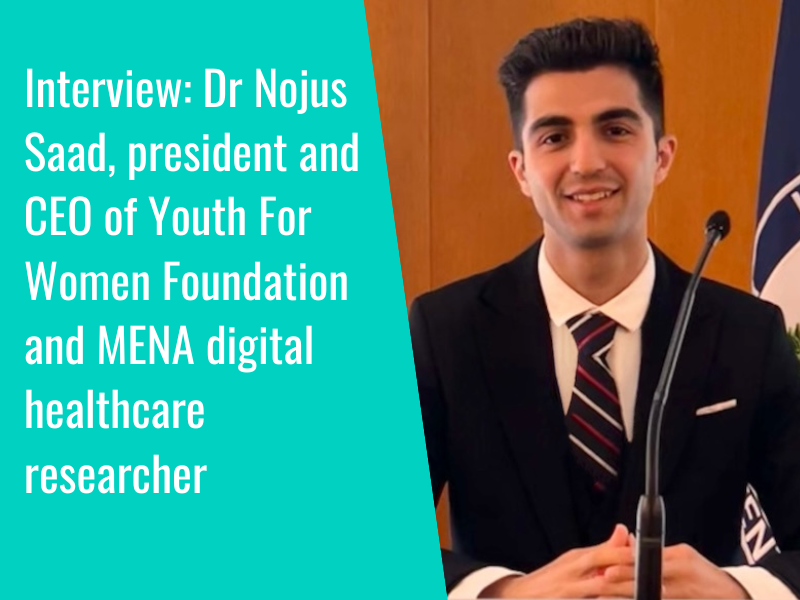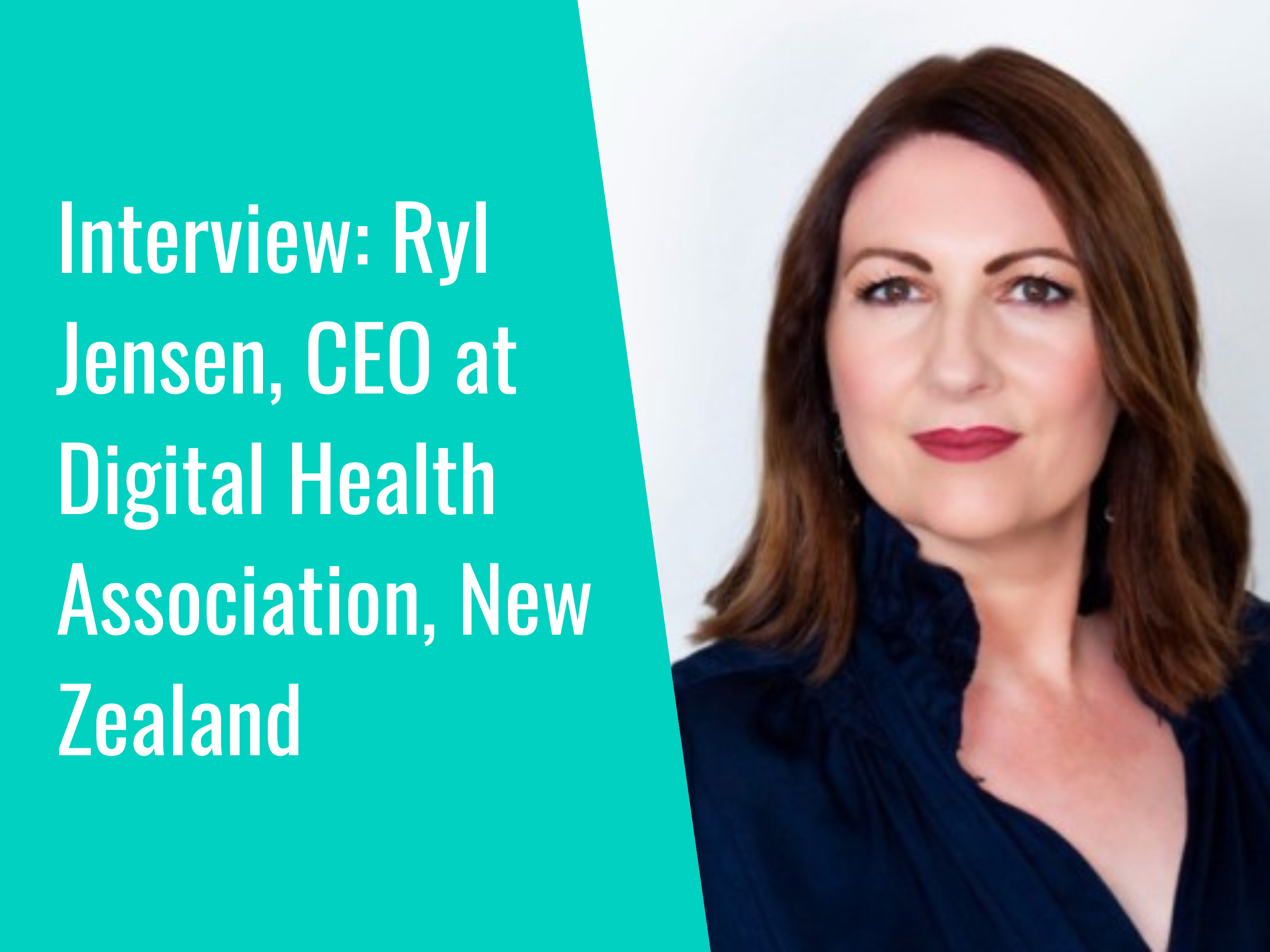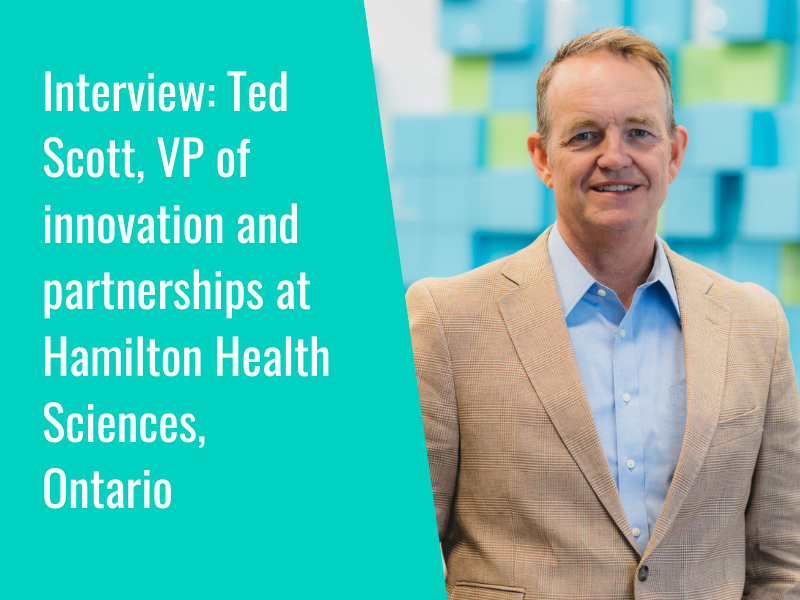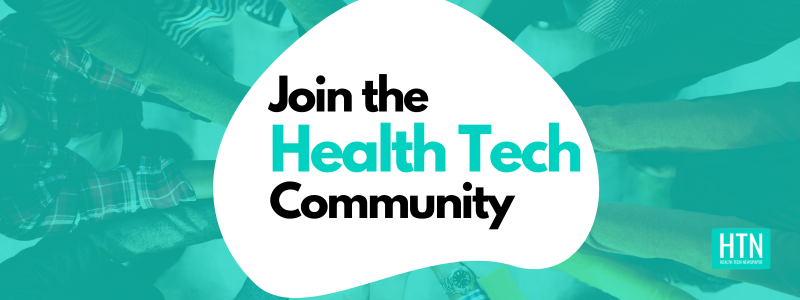The World Health Organisation (WHO) has published a technical brief on the role of AI in sexual and reproductive health and rights (SRHR), outlining uses and risks across health education, screening, diagnosis, care management, and more.
As well as recognising the opportunities for digital innovations to “improve access to and quality of services” in the field of SRHR, the technical brief highlights challenges around ensuring safety, equality, and effectiveness, encouraging “concerted efforts among stakeholders” to promote the responsible and ethical use of AI.
In terms of health information, education and promotion, the brief notes the potential for AI models to be used in developing interventions for health education and promoting health behaviours, including through conversations with virtual agents or chatbots, which could be perceived as “more anonymous and non-judgemental”, compared with person-to-person interactions. The WHO finds that these types of tools are “gaining traction” as a means of overcoming access barriers to “traditionally stigmatised and sensitive areas of health care, such as sexual health, contraception and STIs”.
On screening and diagnosis, the brief notes the use of AI to identify patterns, trends and risk factors in an analysis of “extensive amounts” of health data; to be used in triaging patients in order to help reduce waiting times; and for AI algorithms to be embedded within medical devices such as ultrasonography machines in order to help identify foetal distress, helping in settings where access to specialists like radiologists may be limited.
Opportunities for AI in treatment and care management cover support with tailoring treatment regimes such as optimised antiretroviral therapy dosages for those with HIV, personalising IVF based on a couple’s characteristics to select sperm cells or embryos to improve the chance of conception, and guiding clinicians with managing health issues such as ovarian disease.
The brief also outlines the potential for AI in supporting personal health monitoring with the help of wearables or mobile devices, monitoring health trends by analysing large quantities of data and identifying associations between various data sets, managing the health system using needs forecasting and predicting patient flow, and assisting in clinical research and drug discovery.
The main risks of the use of AI in SRHR set out by the brief are around issues such as data governance, transparency, equity, and accountability. In particular, data collected for things like fertility monitoring outside of medical settings, is highlighted as having the potential to infringe upon the right to bodily autonomy. The risks of data breaches are also outlined, whilst the possibility for misinformation and bias is considered. Finally, the brief touches upon how the use of AI may exacerbate an existing “digital divide” in resource limited settings, and how limitations around contextual and cultural awareness may impact on AI performance.
To read the technical brief in full, please click here under this license agreement.
In related news, the WHO recently discussed the upcoming launch of its World Health Statistics report for 2024, reviewing progress toward the Sustainable Development Goals (SDGs) and WHO’s Thirteenth General Programme of Work (GPW13). In doing so, WHO called for countries and partners to “prioritise investment in improving data and health information systems”.
- 1
- 2
